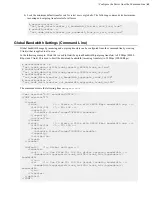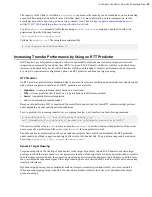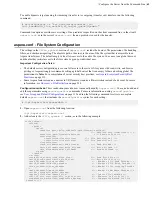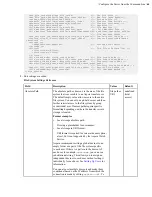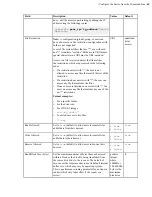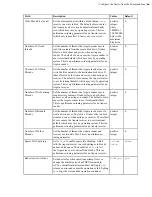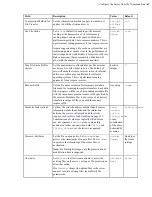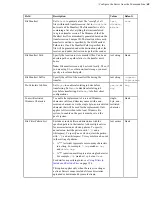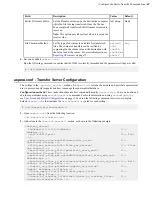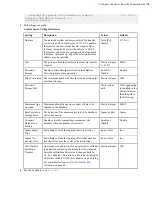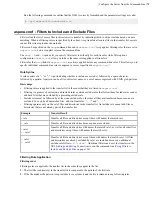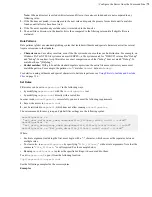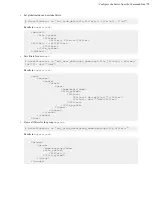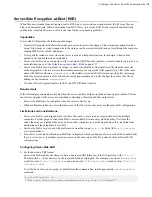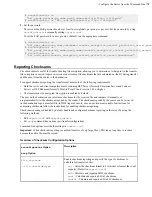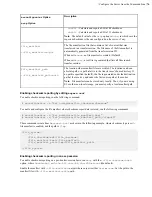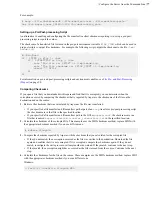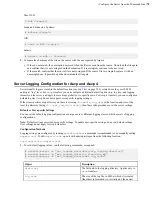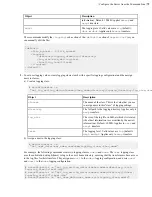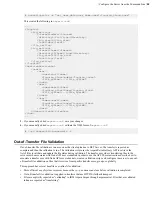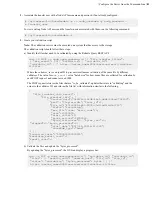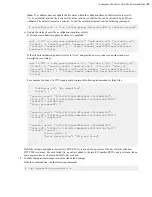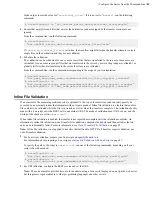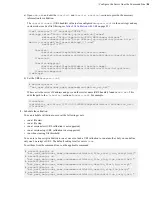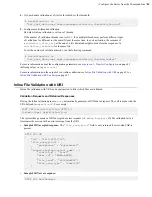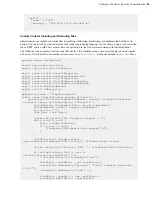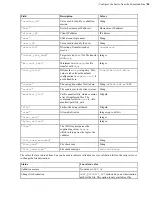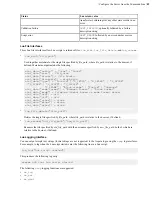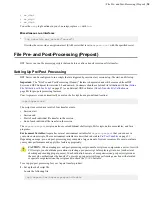
| Configure the Server from the Command Line |
75
# asconfigurator -x
"set_group_data;group_name,
group_name
;absolute,file:///
filepath
"
# asconfigurator -x "set_node_data;absolute,file:///
filepath
"
2.
Set the password.
The server-side EAR password can be set for all users (global), per group, or per user. Set the password by using
asconfigurator
or manually editing
aspera.conf
:
To set the EAR password for a user, group, or default, run the appropriate command:
# asconfigurator -x
"set_user_data;user_name,
username
;transfer_encryption_content_protection_secret,
passphrase
"
# asconfigurator -x
"set_group_data;group_name,
group_name
;transfer_encryption_content_protection_secret,
passphrase
"
# asconfigurator -x
"set_node_data;transfer_encryption_content_protection_secret,
passphrase
"
Reporting Checksums
File checksums are useful for trouble-shooting file corruption, allowing you to determine at what point in the transfer
file corruption occurred. Aspera servers can report source file checksums that are calculated on-the-fly during transfer
and then sent from the source to the destination.
To support checksum reporting, the transfer must meet both of the following requirements:
• Both the server and client computers must be running HST Server (formerly Enterprise Server and Connect
Server) or HST Endpoint (formerly Point-to-Point Client) version 3.4.2 or higher.
• The transfer must be encrypted. Encryption is enabled by default.
The user on the destination can calculate a checksum for the received file and compare it (manually or
programmatically) to the checksum reported by the sender. The checksum reported by the source can be retrieved
in the destination logs, a manifest file, in IBM Aspera Console, or as an environment variable. Instructions for
comparing checksums follow the instructions for enabling checksum reporting.
Checksum reporting is disabled by default. Enable and configure checksum reporting on the server by using the
following methods:
• Edit
aspera.conf
with
asconfigurator
.
• Set
ascp
command-line options (per-transfer configuration).
Command-line options override the settings in
aspera.conf
.
Important:
When checksum reporting is enabled, transfers of very large files (>TB) take a long time to resume
because the entire file must be reread.
Overview of Checksum Configuration Options
asconfigurator
Option
ascp
Option
Description
file_checksum
--file-checksum=
type
Enable checksum reporting and specify the type of checksum to
calculate for transferred files.
any
- Allow the checksum format to be whichever format the client
requests. (Default in
aspera.conf
)
md5
- Calculate and report an MD5 checksum.
sha1
- Calculate and report a SHA-1 checksum.
sha256
- Calculate and report a SHA-256 checksum.

